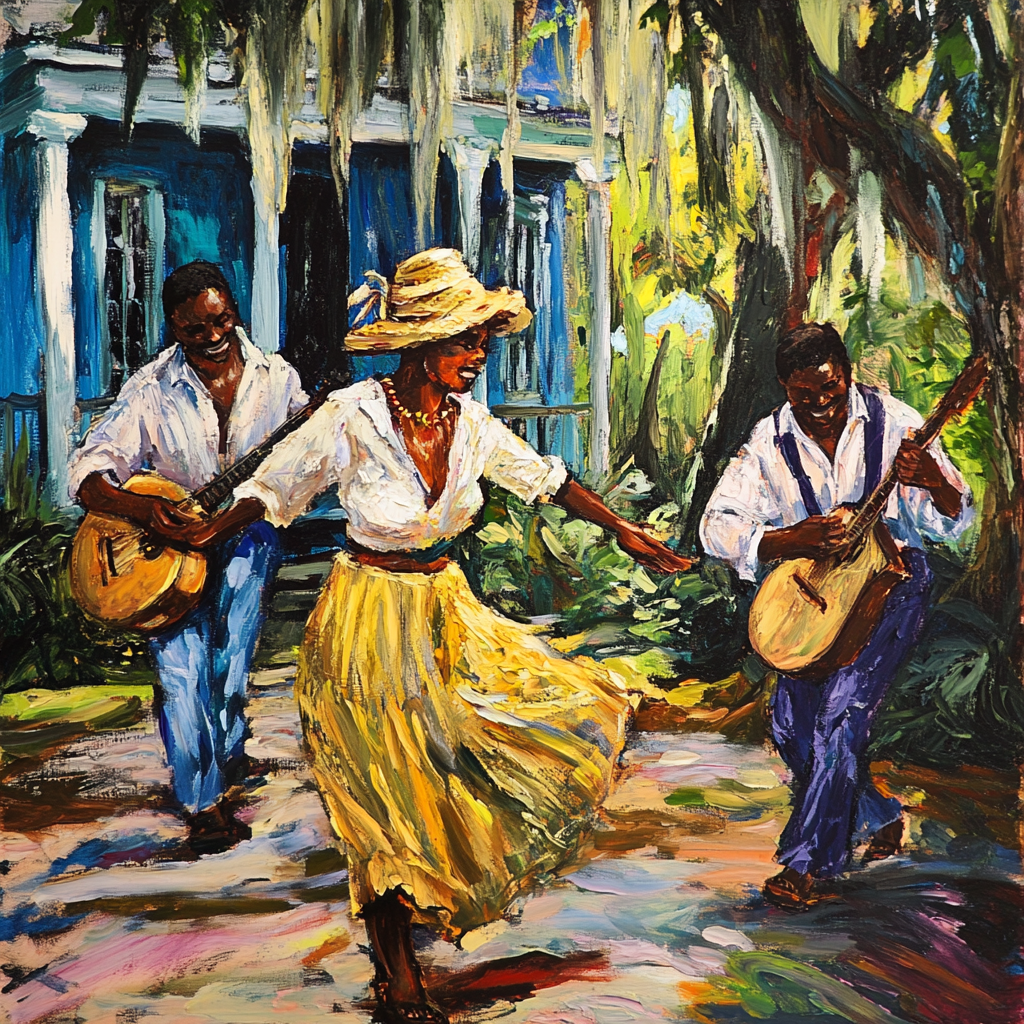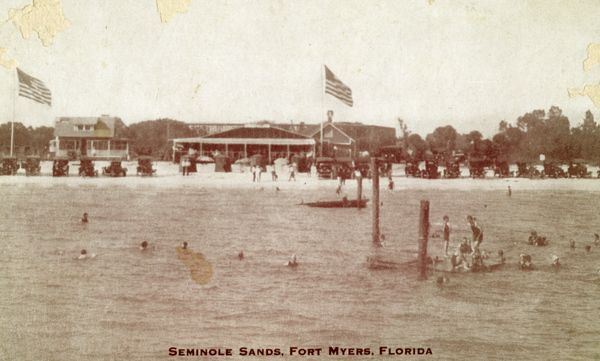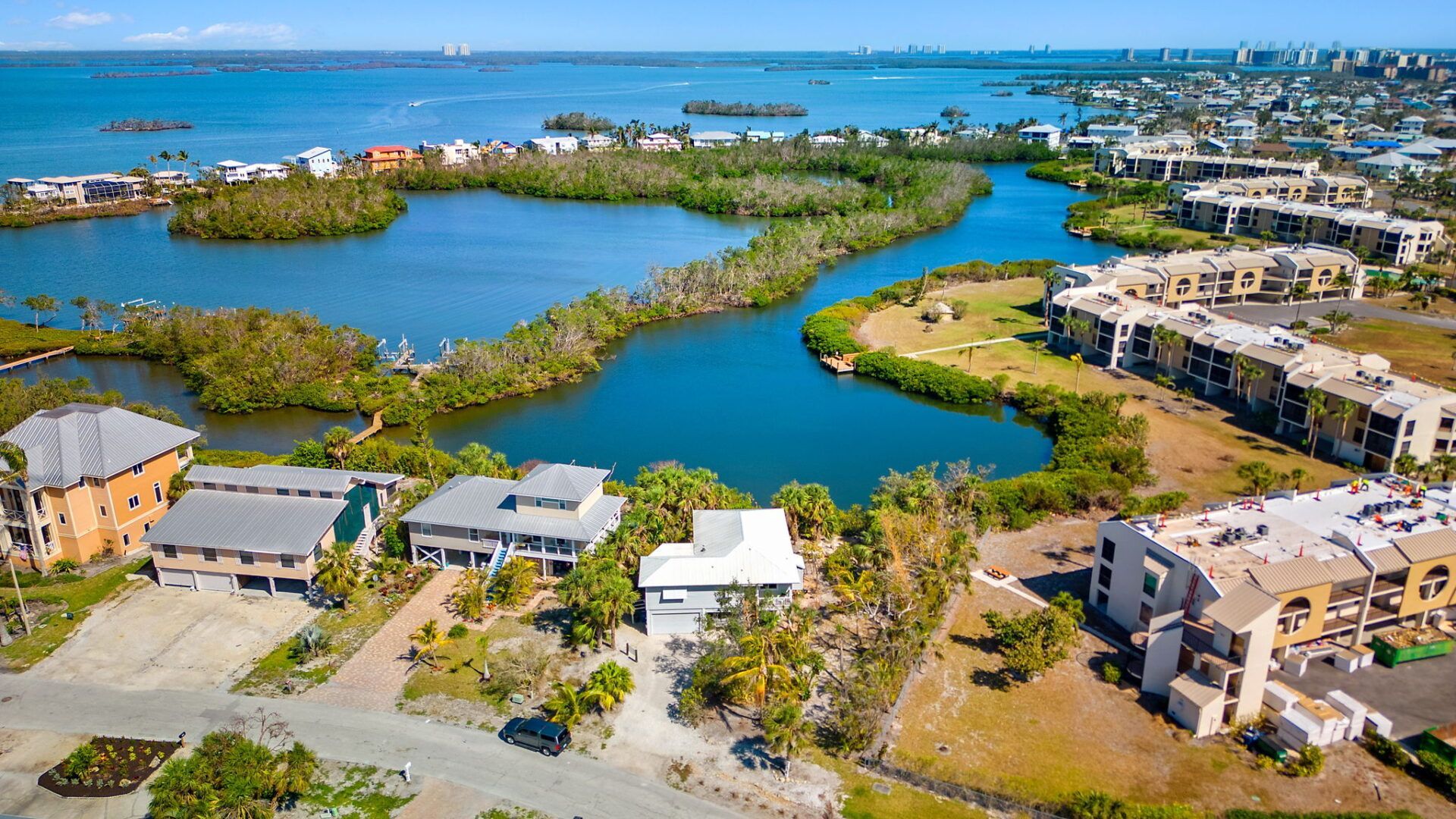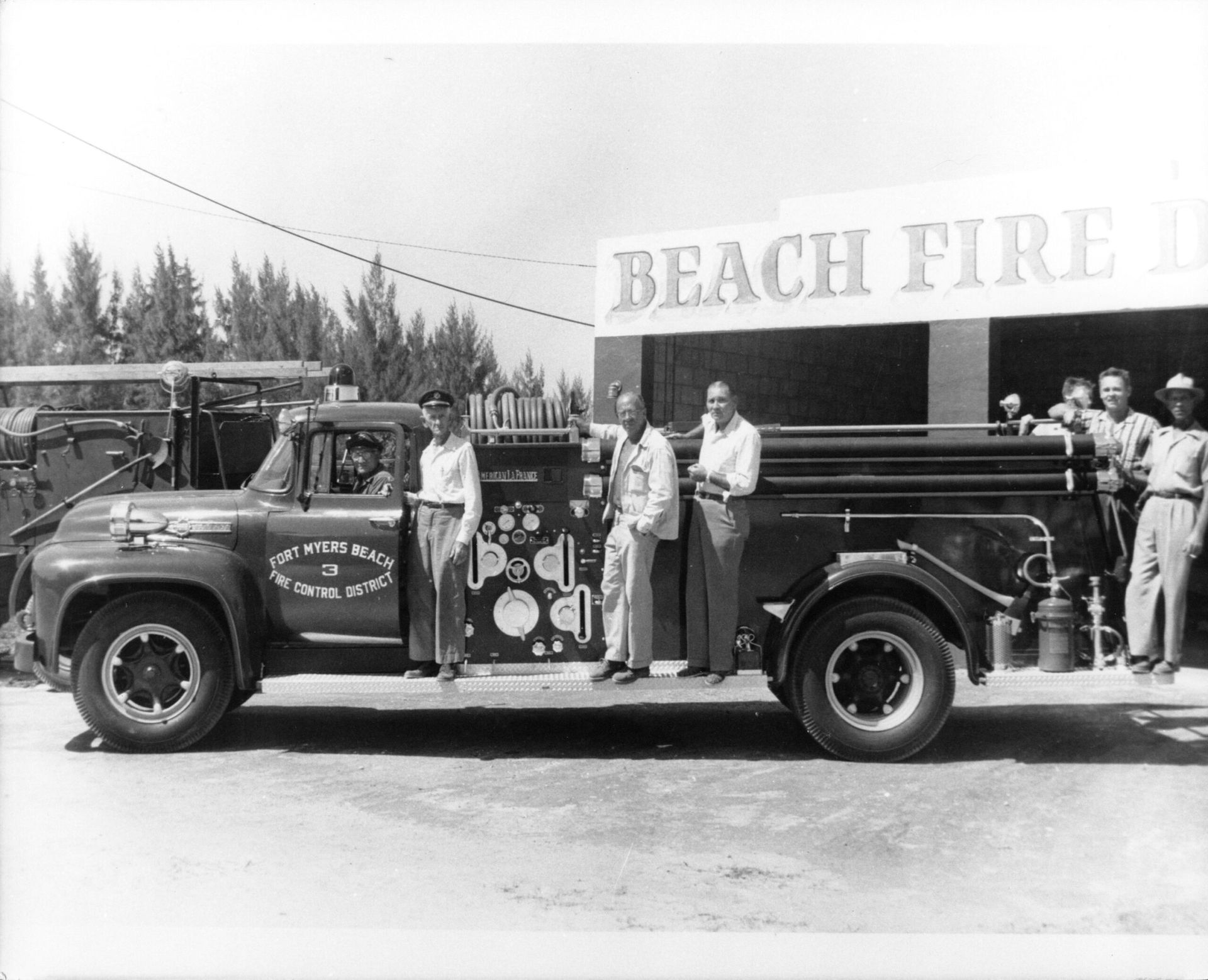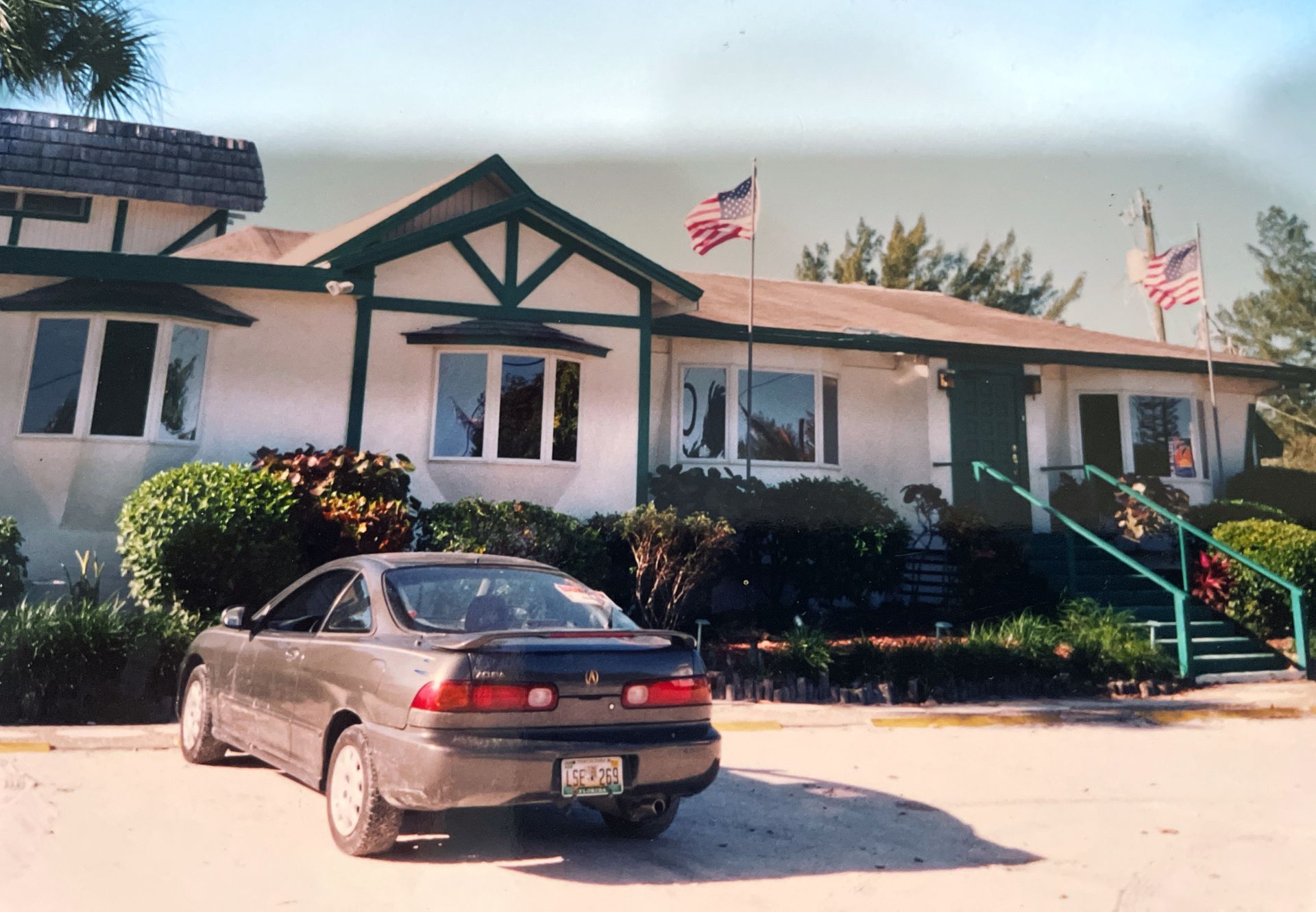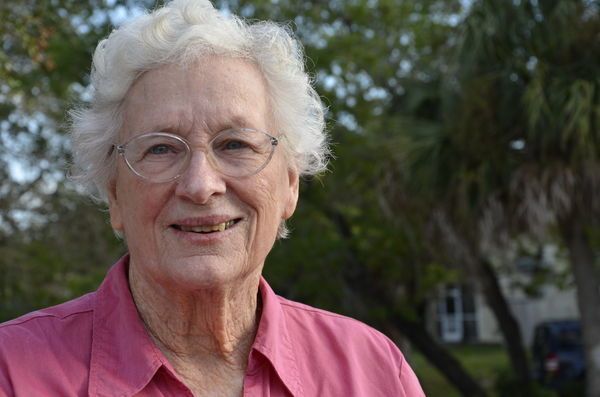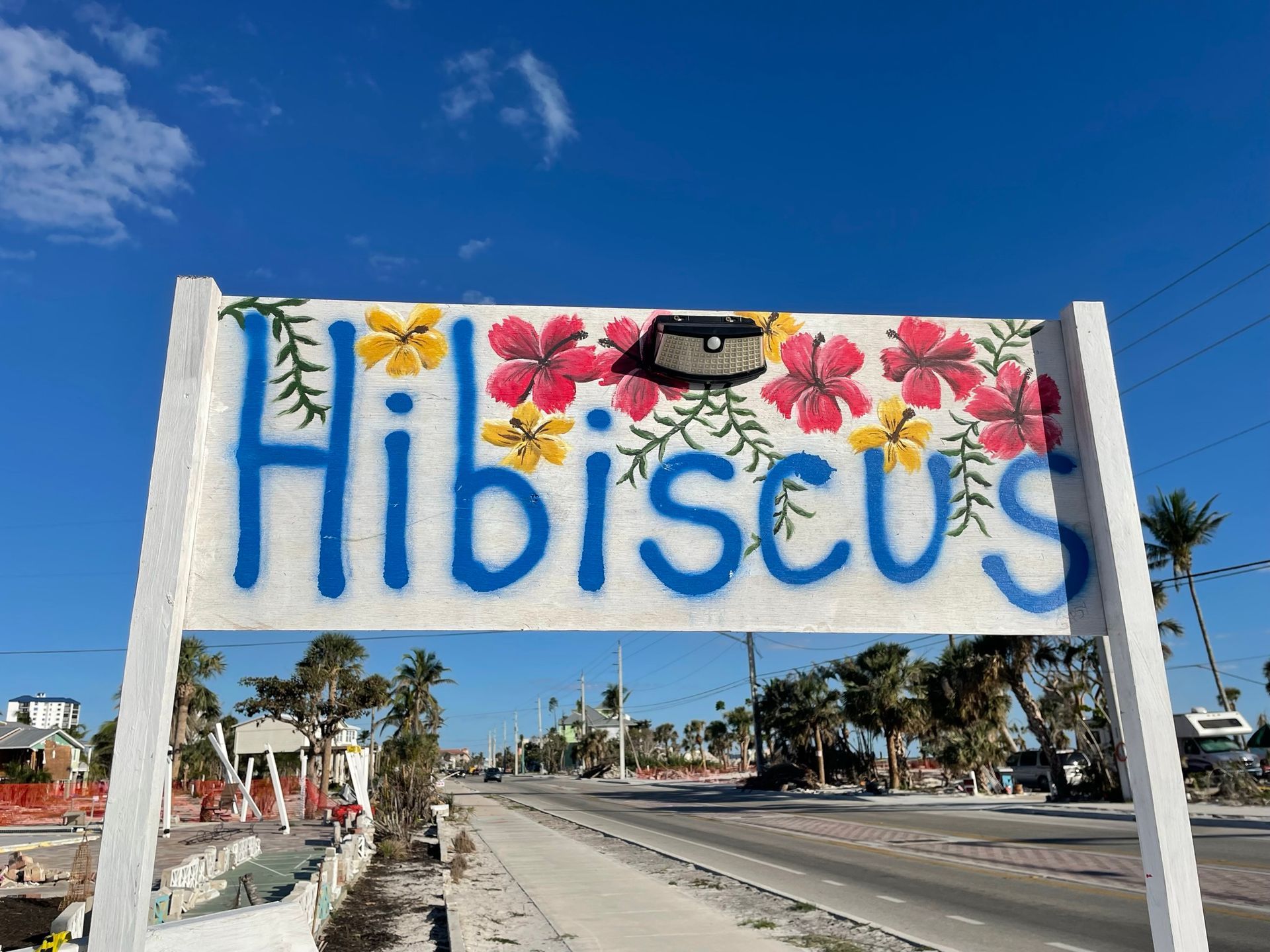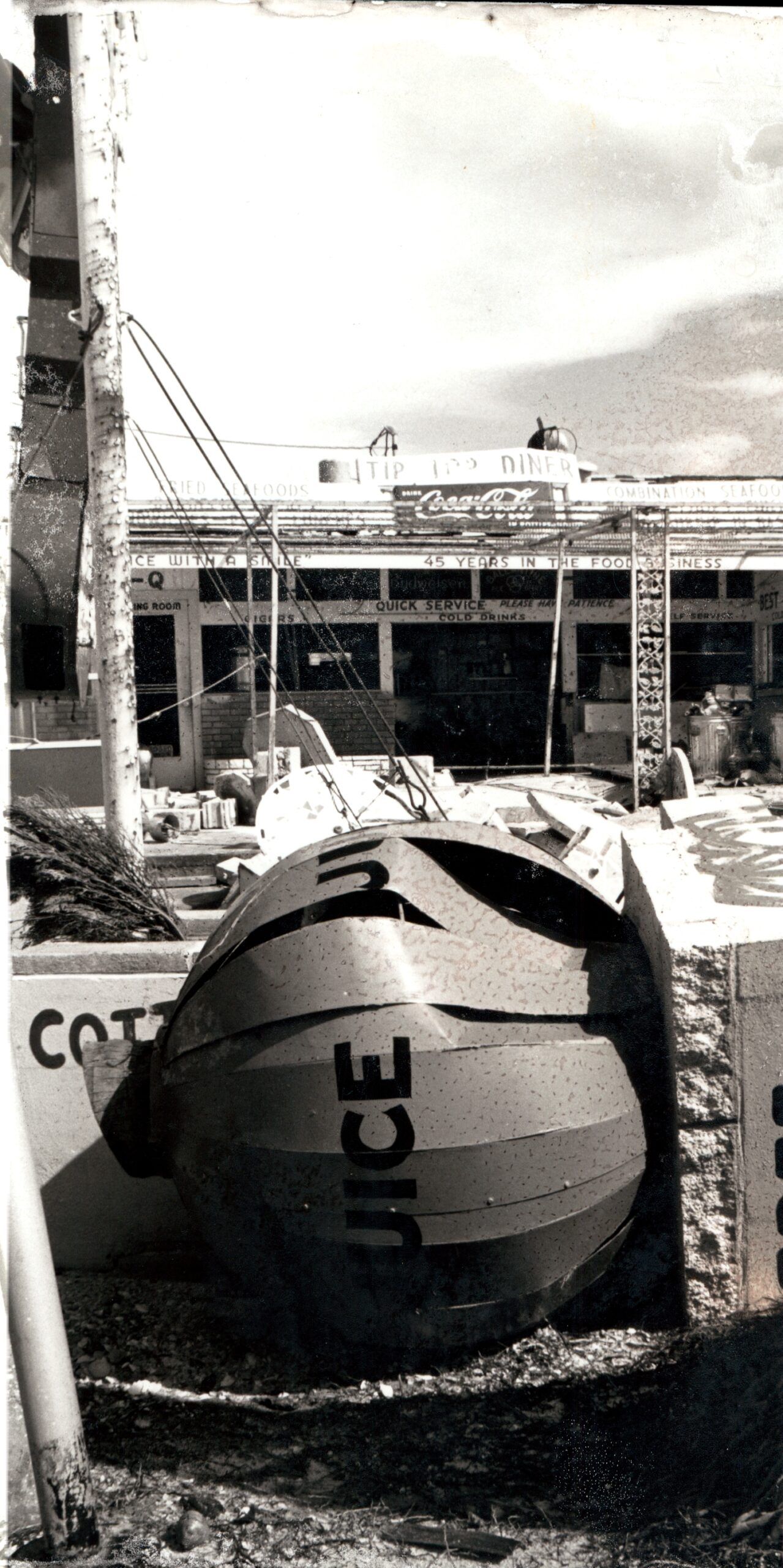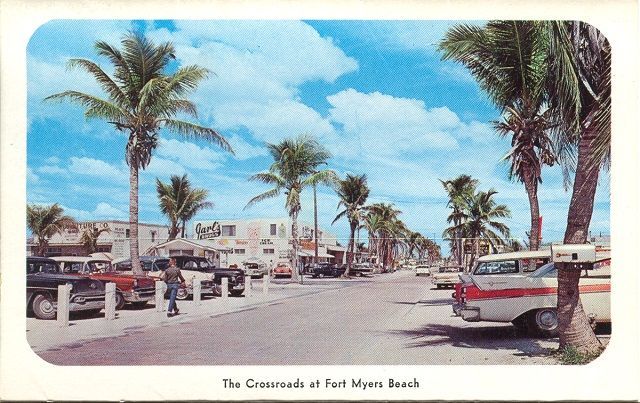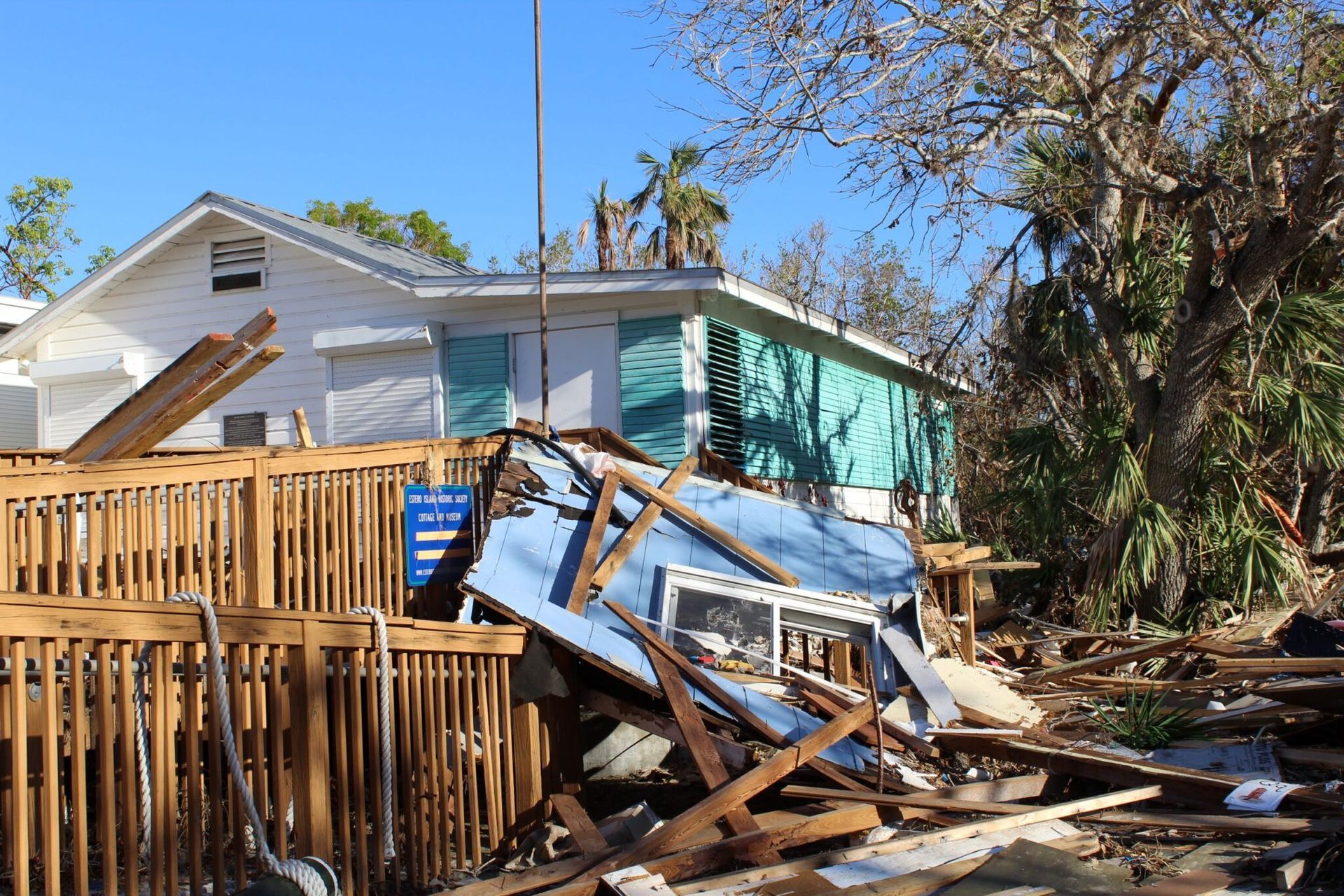Surviving Hurricane Donna
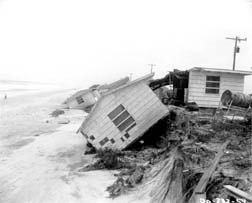
For me, a third grader at Beach Elementary, September 10, 1960, started off like any normal day. The sun was out, the sky was blue, and the gulf breezes were cool. At this time, we lived in a 40 foot trailer on the gulf side of Red Coconut Trailer Park.
As I prepared for school that morning, I noticed my parents were outside talking with their friends about a hurricane that was heading towards Miami. People were deciding whether they should make plans to evacuate. Most didn’t think the storm was going to go up the west coast as east coast landfall was predicted. When my mom dropped me off at school that morning, she told me not to worry because we were only going to “feel the fringes of the storm.”
By lunchtime, however, all of that had changed, and we were let out of school early to “prepare to evacuate.” A few people hooked their trailers up and took them off the island. Back in those days, the area between the beach and McGregor was nothing but potato and gladiolus fields. The trailers were placed in the empty fields, their owners thinking they would be safer off of the island. Our trailer, however, was attached to a large Florida room, so moving it was not an option.
We packed our station wagon and headed into North Fort Myers to stay with some friends. At first, it seemed like another social gathering. The kids went off to play, and the adults settled in to talk and enjoy each other’s company. Later in the evening, we lost electricity, and I can vividly recall the kerosene lanterns and how amazed I was that they could give off such light. Someone made a tent out of sheets, gave us a flashlight, and told us we would be camping out the rest of the night.
Sometimes during the early morning hours, I was awakened by loud talking and shouting. When I went into the living room, I was amazed to see about 20 people huddled together talking about the storm. The unexpected guests were from homes in the neighborhood that had lost their roofs. Our friends had one of the only houses with its roof still on the house.
I must have stayed in the living room with my parents because the next thing I recall is watching the men pile furniture against a sliding glass door. The water from the canal had risen over the seawall and was pushing against the glass. We were all warned to stay away from the doors in case the glass broke and water started flowing into the living room. Luckily, that did not happen.
The next morning, the sun was shining and my dad was chomping at the bit to return to the island. We packed up our belonging and started driving back to the beach. I don’t remember seeing any destruction until we got to San Carlos Blvd. The trailers that had been taken from the beach and placed in the empty field were completely destroyed. This was the first sign that we might be in trouble.
Part III: After the Storm is coming next.
